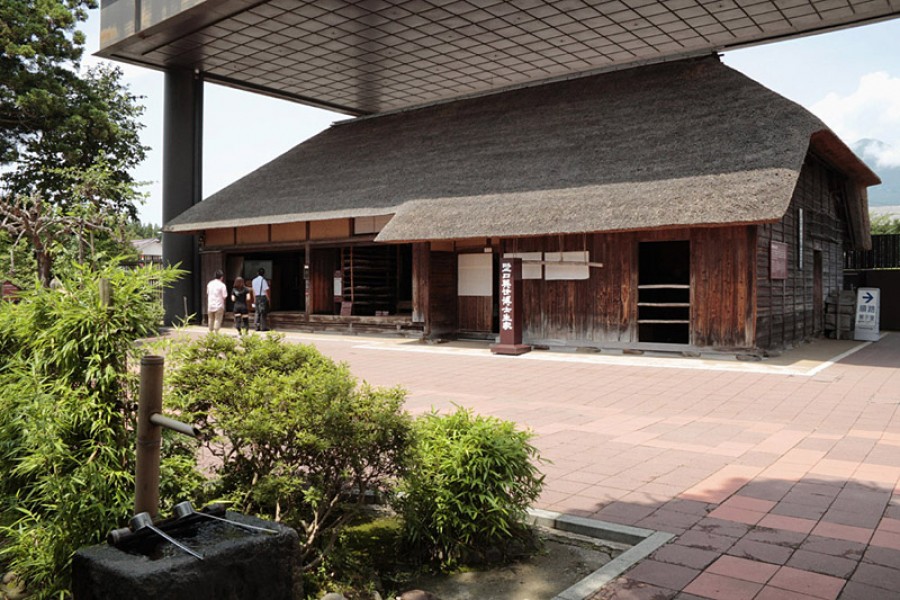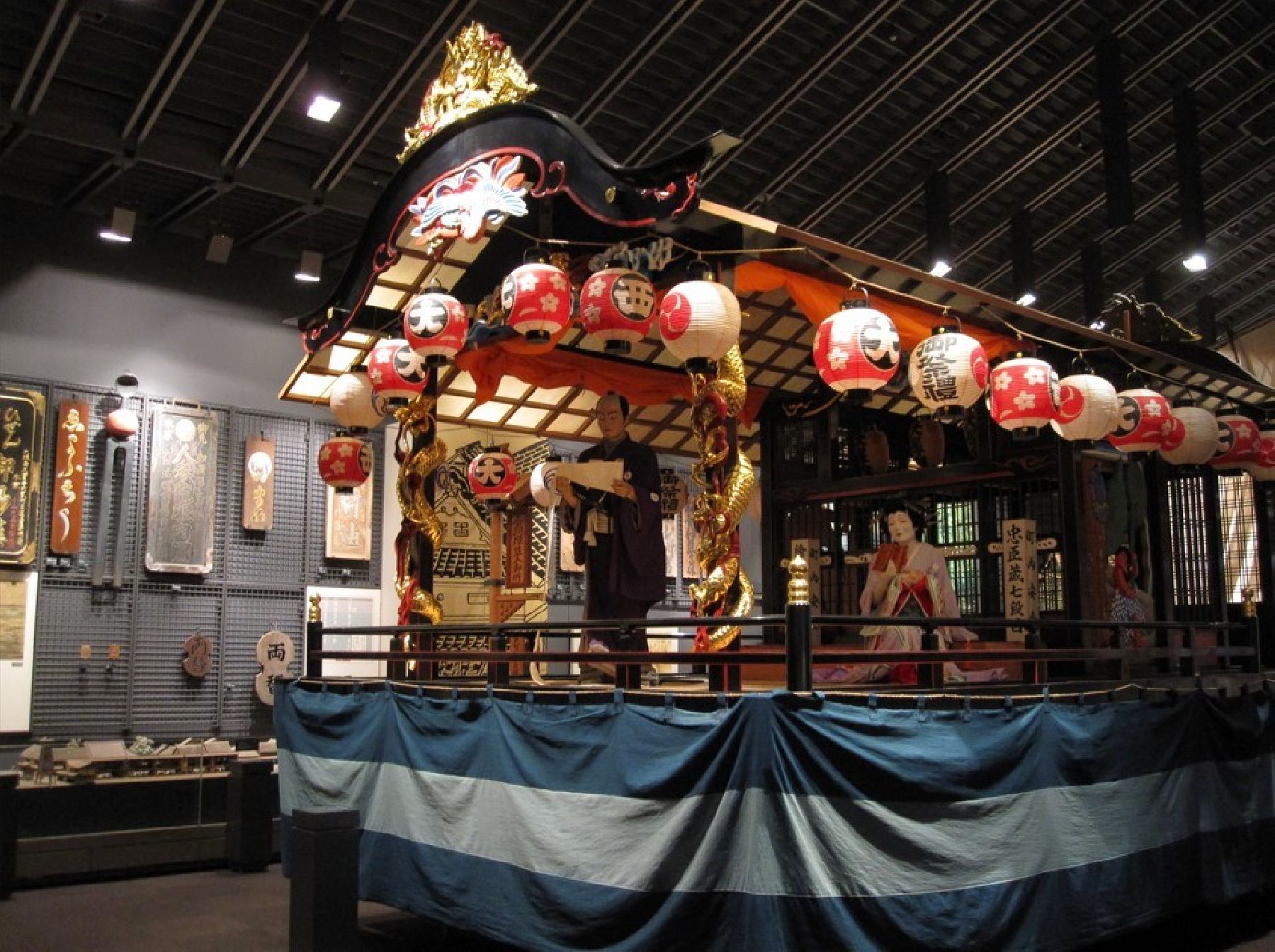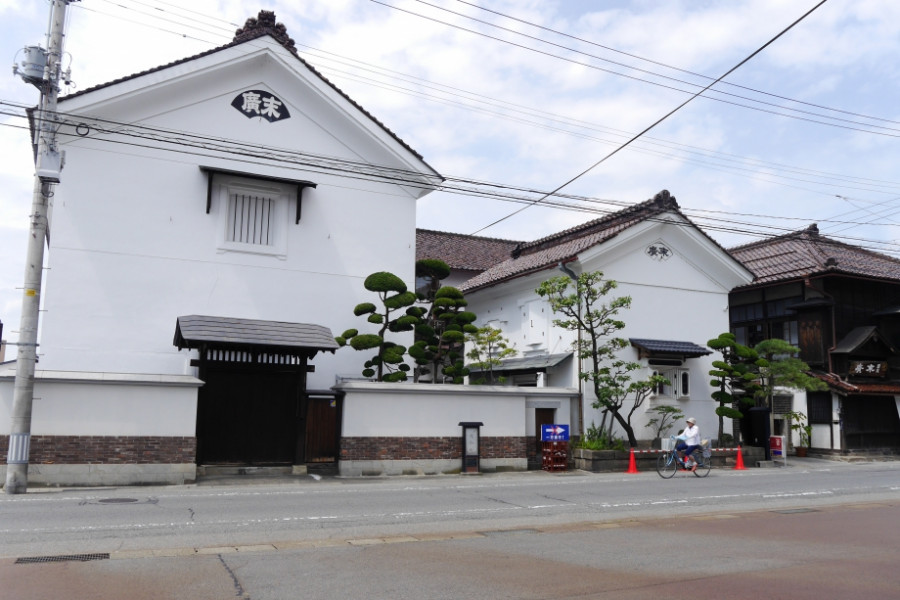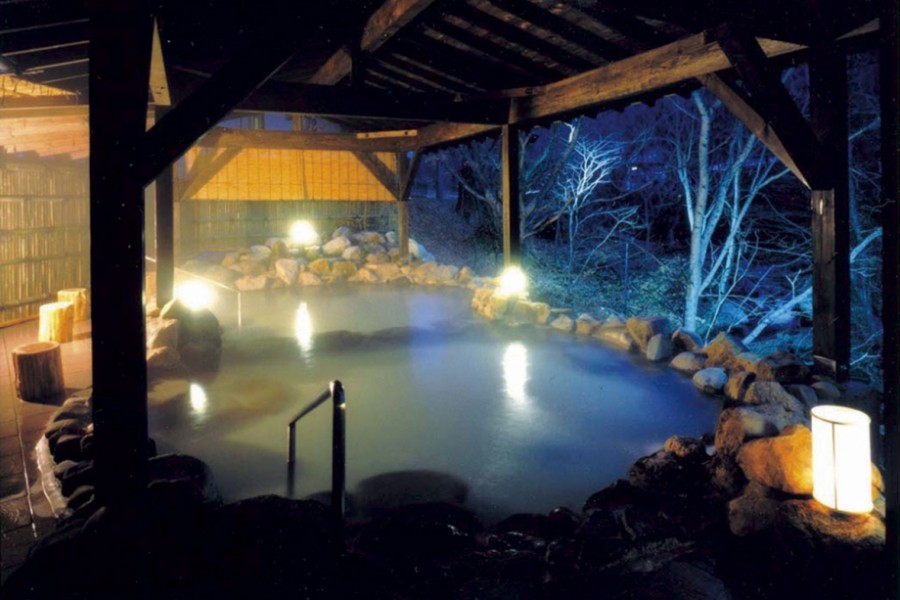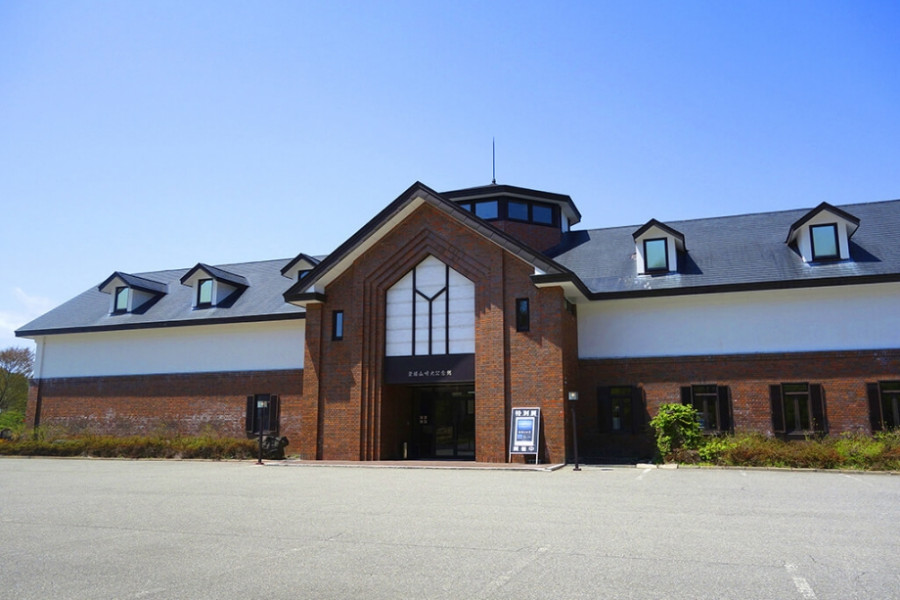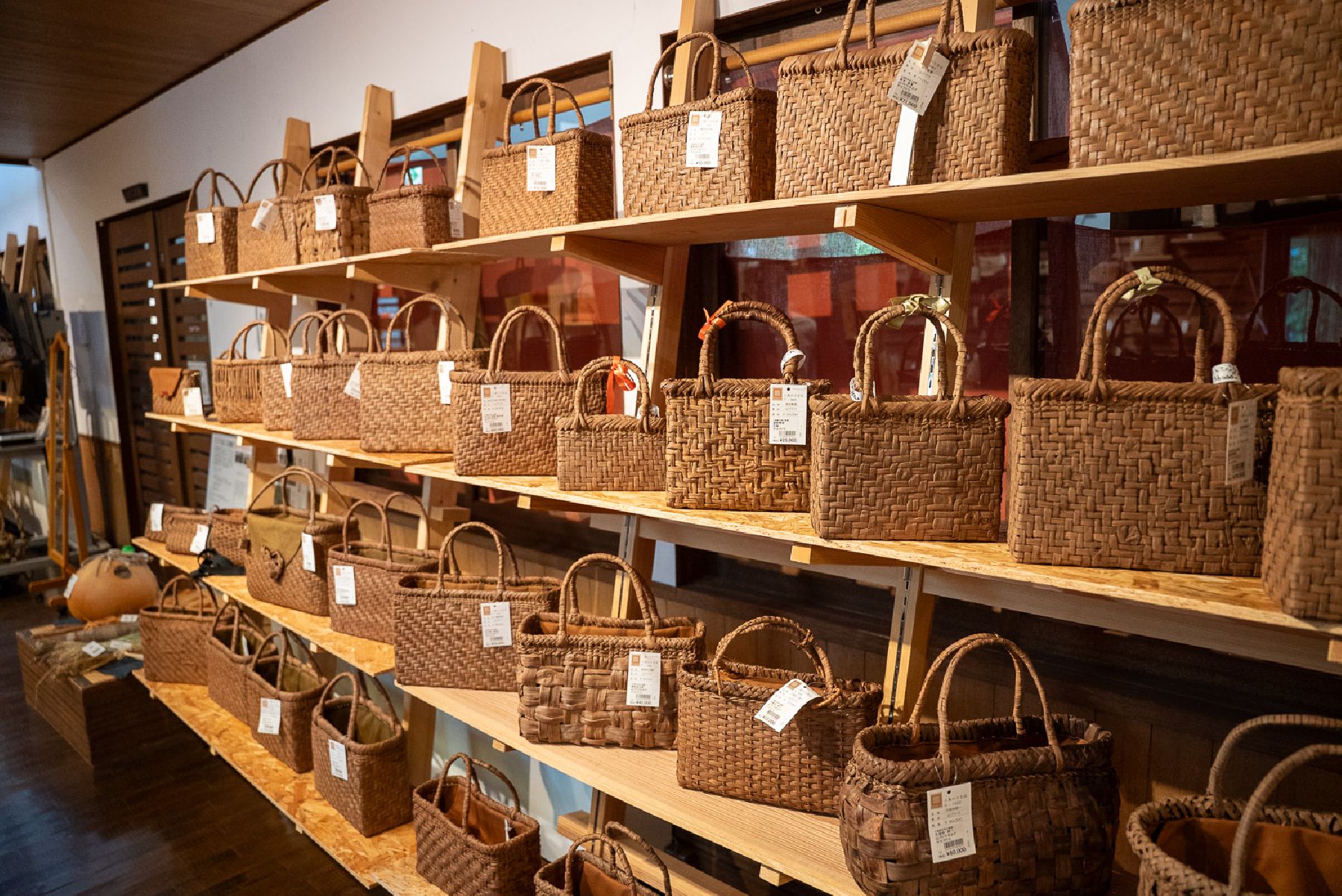
Mt. Bandai 3D World
Experience a simulation of the 1888 Mt. Bandai Eruption in 3D! Mt. Bandai 3D World is a theater developed by Sony, situated right across the road from the Mt. Bandai Eruption Memorial Museum. The circular walls inside the building are covered with a large, panoramic 3D screen - measuring 4.5 m in height, and 42 m around. The powerful acoustics transport visitors to the Urabandai area of 1888, and allow them to feel as if they were there during the great eruption of the same year. The theater's 3D graphics simulate this event, portraying the fleeing of animals that sense the eruption in advance, and the disarray of huge boulders and intense volcanic mud splashes being flung in the air due to the eruption.There is also a simulation of a "walk in the sky" around Mt. Bandai, where visitors can experience a panoramic bird's-eye view of Mt. Bandai's across the four seasons. Take in alpine plants such as skunk cabbages and Nikko-kisoge flowers as you pass over the Oguninuma Wetlands. Shows usually start twice an hour (the first on the hour, and the second at 30 minutes past.)
